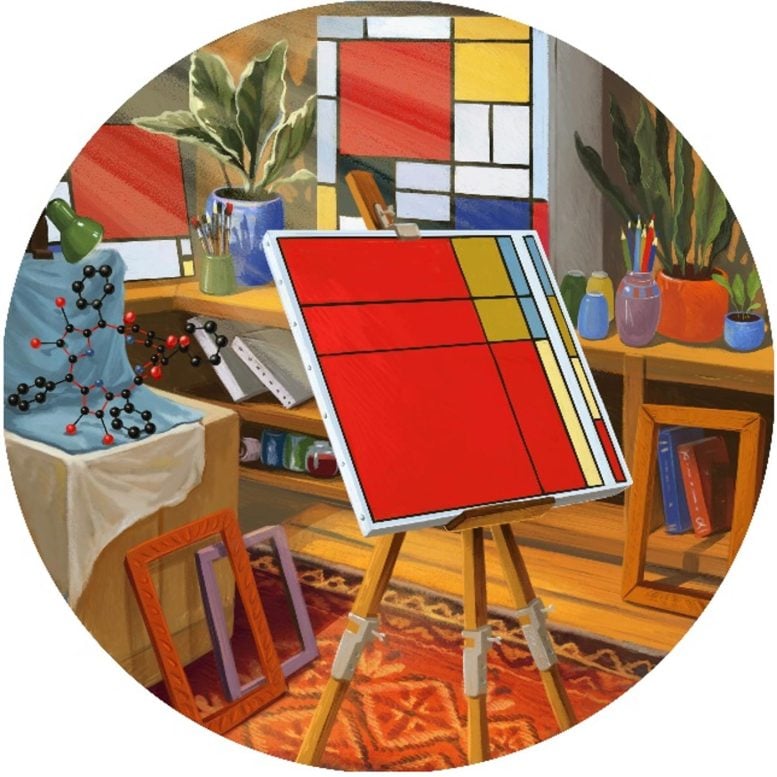
Trinity College Dublin scientists have developed a program that visualizes molecules in the style of Piet Mondrian, blending art with science. This tool not only provides a unique way to view molecular structures but also promotes a deeper understanding of molecular symmetry and properties, potentially making complex science more accessible. An example of the visual, Mondrianesque output from the computer program of a particular molecule. Credit: Prof. Mathias O Senge, Trinity College Dublin.
Trinity College researchers developed a computer program that visualizes molecular structures in Piet Mondrian’s artistic style, enhancing understanding of molecular symmetry and offering a novel educational tool that merges art and science.
The famous Dutch artist Piet Mondrian is widely regarded as one of the greatest artists of the 20th century. His artistic style, characterized by blocks of primary colors separated by lines of various widths on a white background, has been extensively copied and has served as inspiration in modern culture. Additionally, his seemingly simple artworks have captivated scientists for decades, finding niche applications in fields such as statistics and mathematics.
Scientific Applications and Inspirations
Now, researchers at Trinity College Dublin have developed a computer program that visualizes molecular structures in the style of Piet Mondrian, providing a unique blend of art and science to explore molecular symmetry and function. This innovative tool, which can be accessed here, employs an artistic algorithm that integrates the laws of chemistry that describe the 3D structure of a molecule based on its components with the 2D artistic style of Mondrian.
The researchers have detailed their work in a study recently published in the journal Angewandte Chemie.
Blending Art and Science
The tool helps scientists rapidly assess and demonstrate molecular symmetry, allowing for deeper insights than traditional representations can provide. It also offers artists visually pleasing images with contrasting interpretations of symmetry, which may inspire the incorporation of scientific ideas into their work.
“For some years we have been working on this project, initially for fun, to output the structure of a molecule in an artistically pleasing manner as a painting in the style of Mondrian. The ‘paintings’ obtained are unique for each molecule and juxtapose what Mondrian and others aimed to do with the De Stijl artistic movement,” said senior author Mathias O Senge, a Professor of Organic Chemistry in Trinity and Hans Fischer Senior Fellow at the Institute for Advanced Study of TU Munich.
“Symmetry and shape are essential aspects of molecular structure and how we interpret molecules and their properties, but very often relationships between chemical structure and derived values are obscured. Taking our inspiration from Mondrian’s Compositions, we have depicted the symmetry information encoded within 3D data as blocks of colour, to show clearly how chemical arguments may contribute to symmetry.”
Impact on Molecular Understanding
“In chemistry, it is useful to have a universal way of displaying molecular structure, so as to help ‘blueprint’ how a molecule is likely to behave in different environments and how it may react and change shape when in the presence of other molecules. But a certain amount of nuance is inevitably lost,” explained first author Christopher Kingsbury, a postdoctoral researcher in TBSI, who conceived the project.
“This concept of increasing abstraction by removing minor details and trying to present a general form is mimicked by the early work of Mondrian and in some senses this is what scientists intuitively do when reducing complex phenomena to a ‘simpler truth’. Thanks to our new approach very complex science is fed through an artistic lens, which might make it more accessible to a wider range of people.”
In recent years, Senge and his team have greatly enhanced our understanding of porphyrins, a unique class of intensely colored pigments – also known as the “colors of life”. In one piece of work, they created a suite of new biological sensors by chemically re-engineering these pigments to act like tiny Venus flytraps and grab specific molecules, such as pollutants. And now the new direction, in which science and art collide, may further develop our understanding of how porphyrins work.
“Great art gives us a new perspective on the world,” added Senge. “As a pastiche, this art may allow us to look at familiar molecules, such as porphyrins, in a new light, and help us to better understand how their shape and properties are intertwined. More generally, we believe that contemporary initiatives in ‘Art and Science’ require a transformative break of discipline boundaries and merger to ‘ArtScience’. There is a subtle interplay between science and art and mixing of both aspects in our respective fields of endeavour and this should be a focus for future developments in both areas.”
Reference: “Molecular Symmetry and Art: Visualizing the Near-Symmetry of Molecules in Piet Mondrian’s De Stijl” by Christopher J. Kingsbury and Mathias O. Senge, 15 April 2024, Angewandte Chemie International Edition.
DOI: 10.1002/anie.202403754

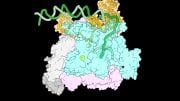
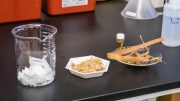

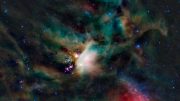


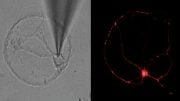
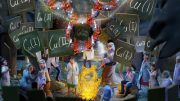
Be the first to comment on "Scientists Transform Molecules Into Mondrian Masterpieces"